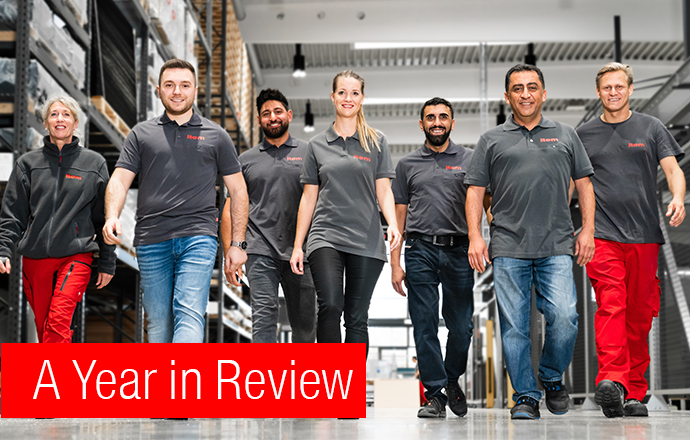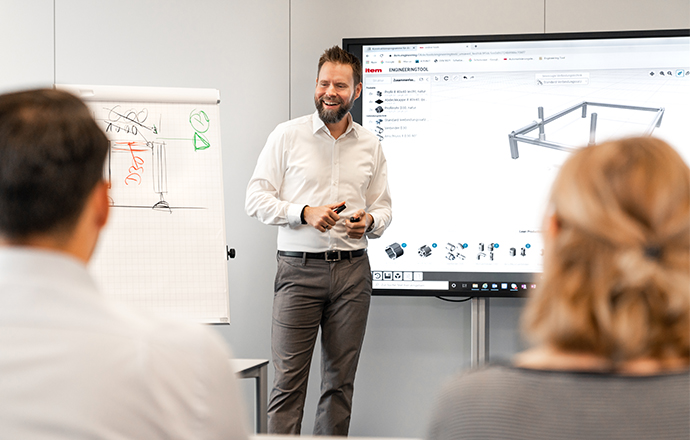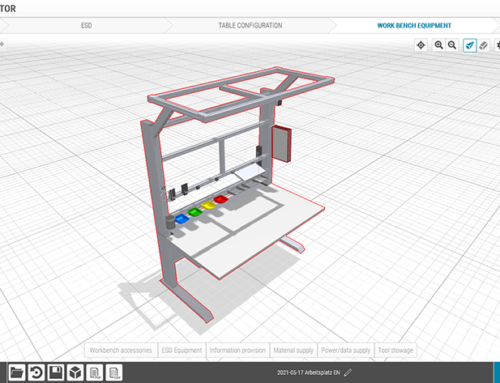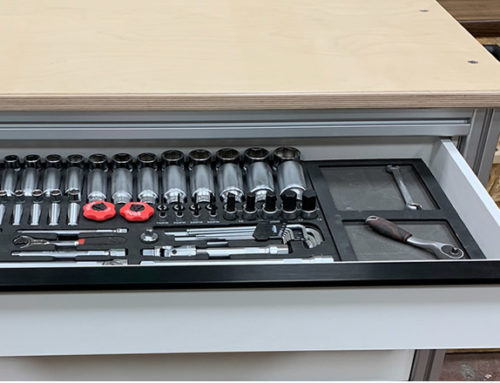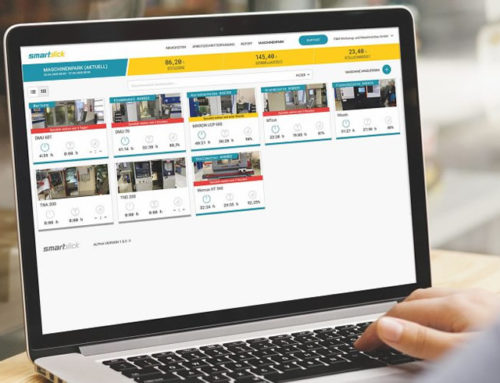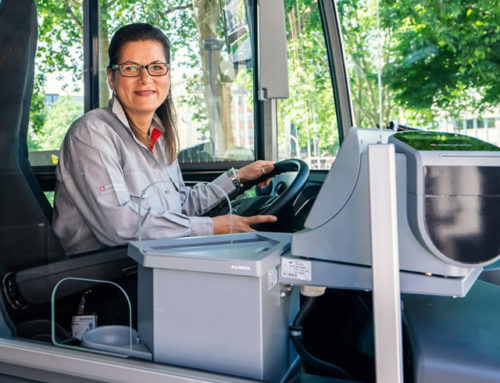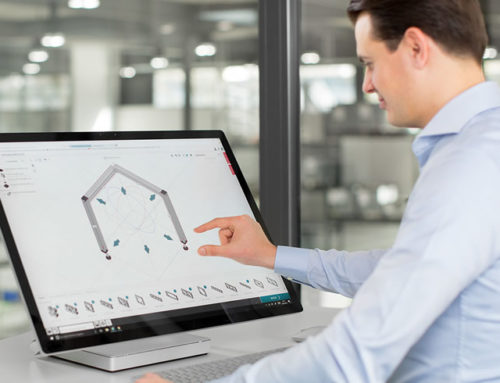How to achieve automation effectively and cheaply with Karakuri Kaizen.
In the era of Industry 4.0, automation is becoming increasingly important. However, the term “automation” covers much more than just the complex high-tech robots that many associate with modern industry. The principle of Karakuri Kaizen, a central component of the lean philosophy, centres on easily implemented automation solutions that operate on a purely mechanical basis. By making clever use of kinetic energy as it is released and consistently avoiding waste, this approach can yield striking results.
The origins of Karakuri Kaizen
To understand the roots of Karakuri Kaizen, you need to go back in time to 19th century Japan. Karakuri ningyō translates roughly as “mechanical doll”, which is meant in the literal sense. At the time, small machines were very popular. The same was true in Germany (consider the works of the German romanticist E. T. A. Hoffmann, particularly the “Sandmann”, for example), although there was significantly more enthusiasm for mechanical dolls in Japan. Three categories of Karakuri emerged: Zashiki karakuri (“reception room dolls”) were used in the home, while Dashi karakuri (“festival cart dolls”) were used during religious festivals and Butai karakuri (“theatre dolls”) took to the stage.
The most famous type of karakuri doll by far is that used as a tea server. These dolls travel a pre-determined distance, their white feet elegantly swinging to and fro. All the while, their head bows, offering their human counterpart a cup of tea. When the tea is taken, the Karakuri stops. Once the empty cup is put back, the diminutive server turns around and returns to where it started. It is the doll’s two hands that serve to trigger movement. The presence or absence of a load intitiates a chain reaction that ultimately transfers motion to all the moving parts of the doll.
Becoming more effective with Karakuri Kaizen
Of course, the main purpose of the above example is to entertain, but it does highlight the key relevance of Karakuri Kaizen for industry – that simple means can be used to achieve an automatic movement that rather than wasting energy uses it directly for a useful purpose. In this respect, Karakuri Kaizen is closely intertwined with the types of waste covered by the 7 Muda, which are to be avoided. The following Karakuri Kaizen rules have emerged:
- Ensure objects are always moved by means of mechanical energy, without any pneumatic, electric or hydraulic drives.
- Spend little money and utilise constructions that are easy to maintain.
- Make creative use of existing energy and interconnect different Karakuri Kaizen systems.
- Also make use of your employees’ creativity and encourage them to share their experience.
If Karakuri Kaizen is to work, all these rules need to be firmly anchored throughout the company. Kaizen, the philosophy of striving to change for the better, is crucial in this respect. The current state of affairs is only ever one stage on the path towards continuous improvement.
Low-cost automation
But how exactly do you put this rather abstract concept into practice? It all starts to take shape when you look at low-cost automation (LCA). At item, we consider LCA and Karakuri to be much the same. Neither use pneumatic, electric or hydraulic drives, instead relying on purely mechanical energy – such as gravity and spring force – to move workpieces, workpiece carriers and load carriers (to name but a few examples). In the Japanese automotive sector, there are even special LCA training centres, known as karakuri dosho. These centres offer intensive courses to help workers and engineers really grasp the concept of Karakuri and incorporate it into their work.
The following steps should be followed when rolling out low-cost automation:
- Improve manual handling work (e.g. forwarding workpieces to other workstations via roller conveyors).
- Separate manual and machine work.
- Install technical solutions that are simple, efficient and low in cost.
- Only now should you consider installing more complex technical solutions.
Want to keep up to date on what is happening in the world of lean production? It couldn’t be easier – simply subscribe to the item blog by completing the box at the top right!
